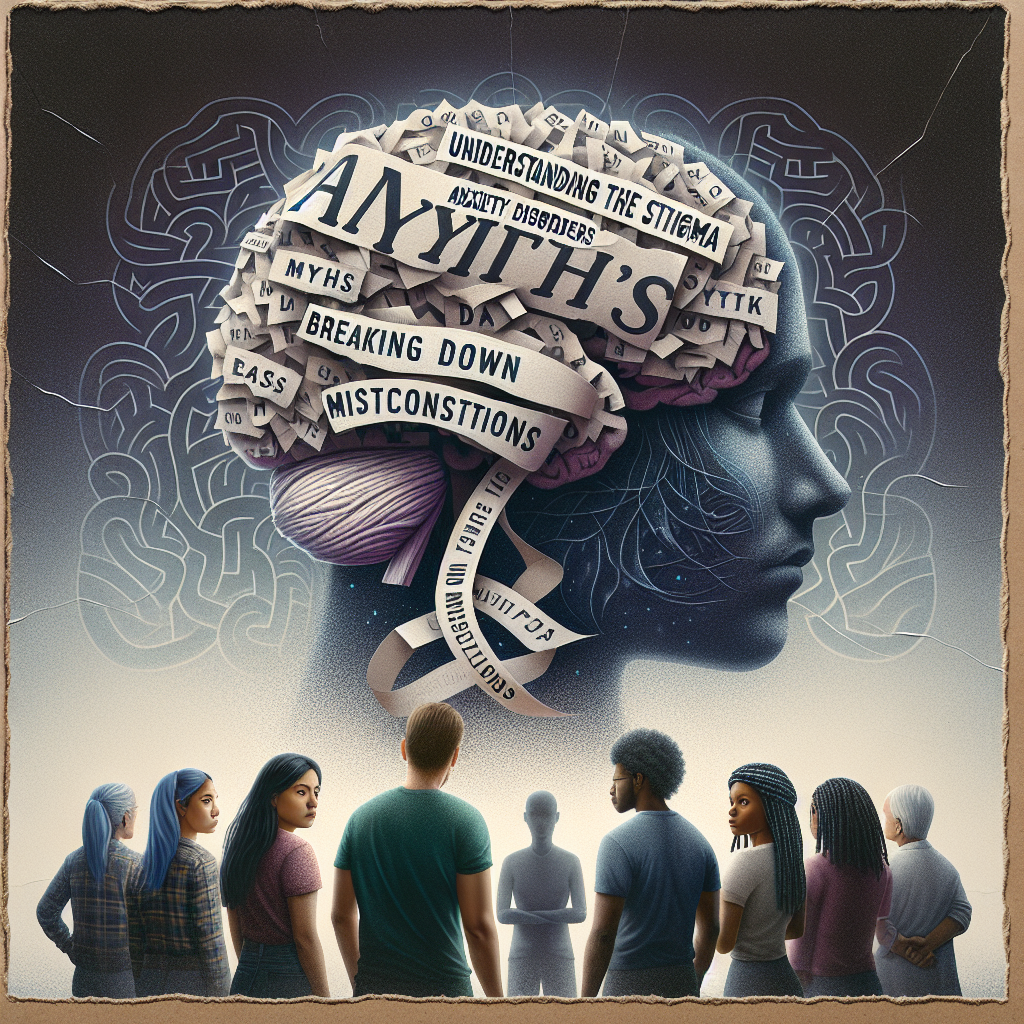Anxiety disorders are one of the most common mental health disorders in the world, affecting millions of people each year. Despite their prevalence, there is still a significant amount of stigma surrounding anxiety disorders, which can prevent individuals from seeking help and receiving proper treatment. In this article, we will explore the stigma surrounding anxiety disorders, break down common myths and misconceptions, and provide information on how to better understand and support those struggling with anxiety.
Understanding Anxiety Disorders
Anxiety disorders are a group of mental health disorders characterized by excessive and persistent worry, fear, and anxiety that significantly impact a person’s daily life. There are several different types of anxiety disorders, including generalized anxiety disorder, social anxiety disorder, panic disorder, and phobias. Symptoms of anxiety disorders can vary widely but often include feelings of restlessness, irritability, difficulty concentrating, and physical symptoms such as heart palpitations, sweating, and muscle tension.
Despite the prevalence of anxiety disorders, many people still hold misconceptions and stereotypes about those who suffer from them. This can lead to stigma, discrimination, and shame, which can prevent individuals from seeking help and receiving the support they need. It is essential to break down these myths and misconceptions to create a more supportive and understanding environment for those living with anxiety disorders.
Breaking Down Myths and Misconceptions
One of the most common myths surrounding anxiety disorders is that they are just a sign of weakness or a lack of willpower. In reality, anxiety disorders are complex mental health conditions that are caused by a combination of genetic, environmental, and biological factors. People with anxiety disorders cannot simply “snap out of it” or “toughen up”-they require professional treatment and support to manage their symptoms effectively.
Another prevalent myth is that anxiety disorders are not real illnesses and are just a result of stress or everyday worries. While it is true that stress can exacerbate symptoms of anxiety disorders, they are legitimate mental health conditions that can be debilitating if left untreated. It is essential to recognize anxiety disorders as real illnesses that require proper diagnosis and treatment.
There is also a misconception that people with anxiety disorders are just “overreacting” or seeking attention. In reality, individuals with anxiety disorders often have intense and overwhelming feelings of fear and worry that can be difficult to control. It is important to validate their experiences and offer support rather than dismissing their feelings as insignificant.
Supporting Individuals with Anxiety Disorders
If you know someone who is struggling with an anxiety disorder, there are several ways you can offer support and understanding. It is essential to listen to their feelings and experiences without judgment and validate their emotions. You can also encourage them to seek professional help, such as therapy or medication, to manage their symptoms effectively. Remember that anxiety disorders are real illnesses that require treatment and support, just like any other health condition.
FAQs
Q: Can anxiety disorders be cured?
A: While anxiety disorders cannot be cured, they can be effectively managed with proper treatment and support. Many people with anxiety disorders can live healthy and fulfilling lives with the right interventions.
Q: Is medication the only treatment option for anxiety disorders?
A: Medication is one treatment option for anxiety disorders, but therapy, lifestyle changes, and self-care strategies can also be effective in managing symptoms. It is essential to work with a mental health professional to determine the best treatment plan for your specific needs.
Q: Are anxiety disorders common?
A: Yes, anxiety disorders are one of the most prevalent mental health disorders, affecting millions of people worldwide. It is essential to destigmatize anxiety disorders and provide support for those struggling with them.
In conclusion, understanding the stigma surrounding anxiety disorders and breaking down myths and misconceptions are essential steps in creating a more supportive and understanding environment for those living with these conditions. By offering compassion, validation, and support to individuals with anxiety disorders, we can help them feel empowered to seek help and receive the treatment they need to manage their symptoms effectively.




Leave A Comment